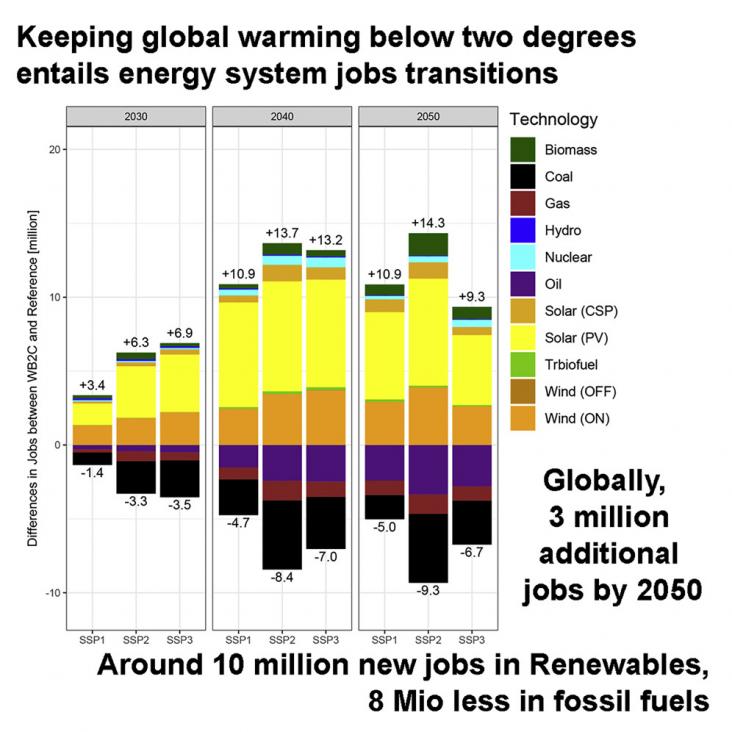
Nuclear power's contribution to climate change mitigation is and will be very limited. Currently nuclear power avoids 2–3% of total global GHG emissions per year. According to current planning this value will decrease even further until 2040. A substantial expansion of nuclear power will not be possible. Given its low contribution, a complete phase-out of nuclear energy is feasible.

Many inhabited Greek/Mediterranean islands are unsustainable without mainland support due to lack of access to clean water and energy. This case study establishes the feasibility of sustainable green energy solutions for these settlements.

This paper provides a methodology for the holistic analysis of hybrid renewable energy systems in rural communities.
This book chapter advances SDG 7 by introducing electrification as a megatrend directly shaping not only the energy system but also society, global development, and energy politics internationally. In particular, it highlights the potential for electrification as a master solution for an accelerated transition to climate neutrality
Elsevier,
Clean Energy and Resources Recovery. Biomass Waste Based Biorefineries, Volume 1, 2021, Pages 465-486
This chapter advances SDGs 6 & 7 by presenting membrane technologies that can be used to purify wastewater and produce biomass for energy.
Elsevier,
Clean Energy and Resources Recovery. Biomass Waste Based Biorefineries, Volume 1, 2021, Pages 145-154
This chapter advances SDGs 6 & 7 by discussing how to convert gelatinous industry wastewater into useful chemicals and fuels.
Elsevier,
Clean Energy and Resource Recovery. Wastewater Treatment Plants as Biorefineries, Volume 2, 2022, Pages 17-36
This chapter advances SDGs 6 & 7 by critically examining the recent developments, opportunities, market possibilities, and barriers in resource recovery in wastewater treatment plants.
Elsevier,
Clean Energy and Resources Recovery, Biomass Waste Based Biorefineries, Volume 1, 2021, Pages 1-24
This chapter advances SDG 7, 11, and 13 by presenting the different ways valorizing agricultural residues for energy production, as a sustainable alternative to carbon emitting fossil fuels, while simultaneously reducing agricultural waste products.

To limit global warming to well-below 2°C (WB2C), fossil fuels must be replaced by low-carbon energy sources. Support for this transition is often dampened by the impact on fossil fuel jobs.
Owing to its versatility, biomass can be used for a range of CO2 mitigation and removal options.
